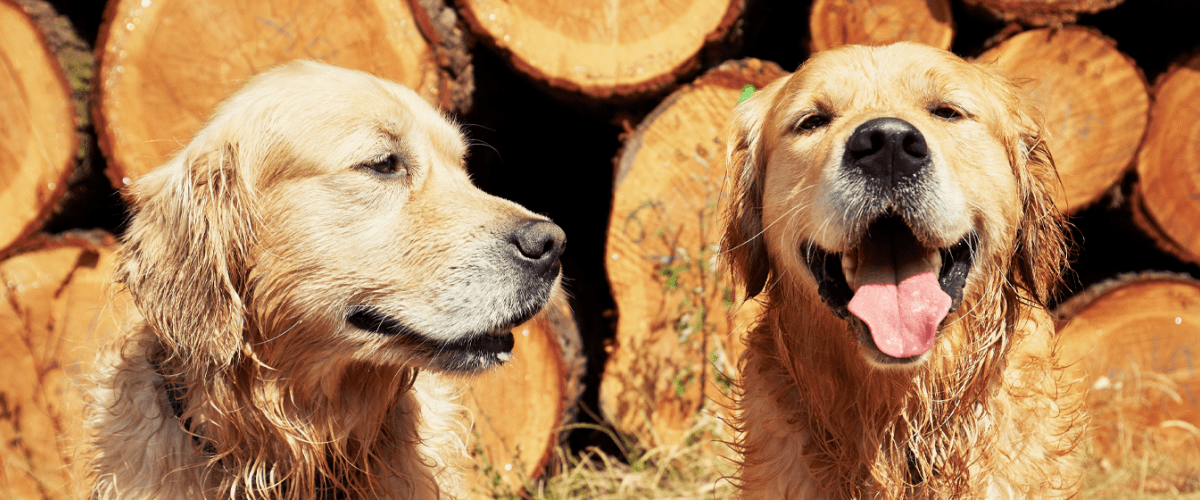
May 15, 2019 – Antibiotic resistance in bacteria is a major global problem. Diseases once easily treated with antibiotics are surging back with a vengeance as more bacteria become resistant. Some experts are predicting a post-antibiotic era that sounds more like the Middle Ages than the 21st century, where even simple infections could be fatal.
Our pets aren’t immune to this problem, with antimicrobial-resistant infections a growing issue in companion animals. Knowing more about antibiotic resistance – what it is, how it develops and what we can do about it – helps safeguard our pets’ health in the short term, and helps future generations of pets, pet owners and even other species of animals.
The history of antibiotic resistance is nearly as long as that of antibiotics. Resistance to penicillin was first recorded 12 years after its discovery. Since then, the time to resistance has shortened, with some bacteria developing resistance within one to two years of first encountering an antibiotic.
Antibiotic resistance is exactly what it sounds like – bacteria evolve to evade the effects of antibiotics. They can accomplish this in several ways. Bacteria are good at swapping genes with one another, even when the bacteria aren’t related. This exchange can include antibiotic-resistance genes. This type of gene swapping is called horizontal gene transfer.
Some bacteria develop mutations that help them survive antibiotic treatment and they pass those mutations on to the next generation of bacteria. This type of resistance mechanism is called mutational resistance.
Another method of note is biofilm formation. Bacteria literally hide under a layer of slime that white blood cells and antibiotics can’t penetrate.
Although the news is discouraging, there are steps pet owners and veterinarians can do to reduce antimicrobial resistance. One way is through disease prevention. For example, good husbandry practices of both pets and farm animals can prevent diseases from gaining a foothold. These practices include the use of appropriate vaccines, maintaining good hygiene and avoiding the use of antibiotics to prevent infection (no more just-to-be-safe antibiotics) or promote growth (a common practice in animal agriculture).
As pet owners, we make a difference. When antibiotics are prescribed, it’s important we carefully follow our veterinarian’s directions and give the proper dose of medication for the entire time prescribed. Keeping our pets vaccinated, having regular veterinary check-ups, and even maintaining a healthy body weight can have a big impact on overall health.
As part of the Golden Retriever Lifetime Study, we’re collecting lots of data including antibiotic use. Coupled with our biologic samples, this treasure trove of information can help us understand not only the magnitude but the impact of antibiotic use. This information can help us learn more about antibiotic resistance and its impact on canine health, important steps to keeping our pets healthy now and in the future.




